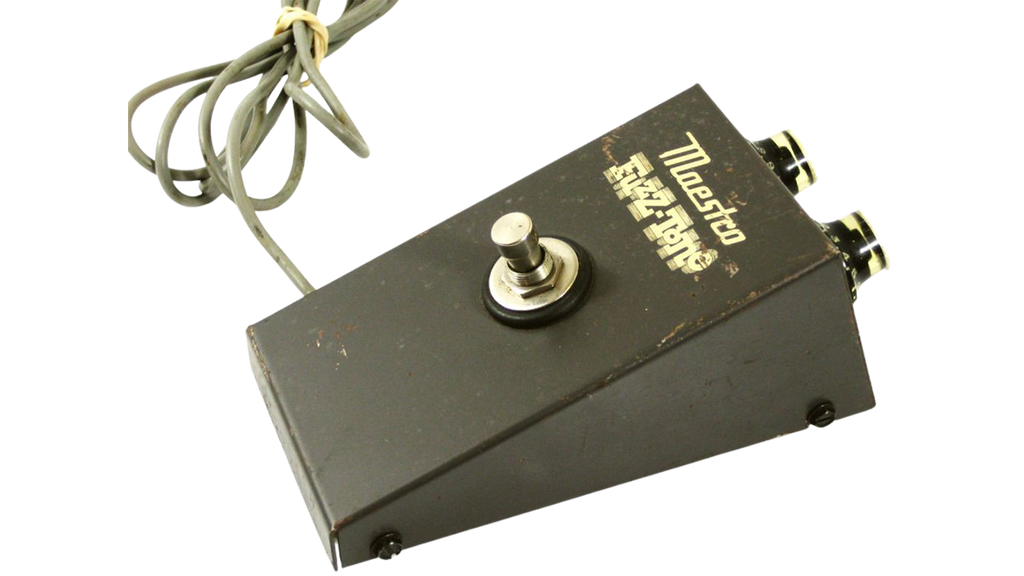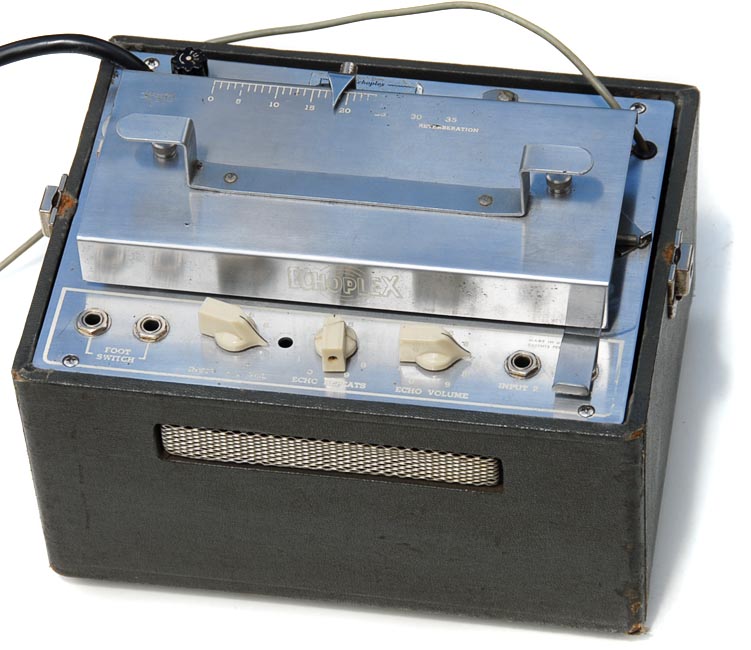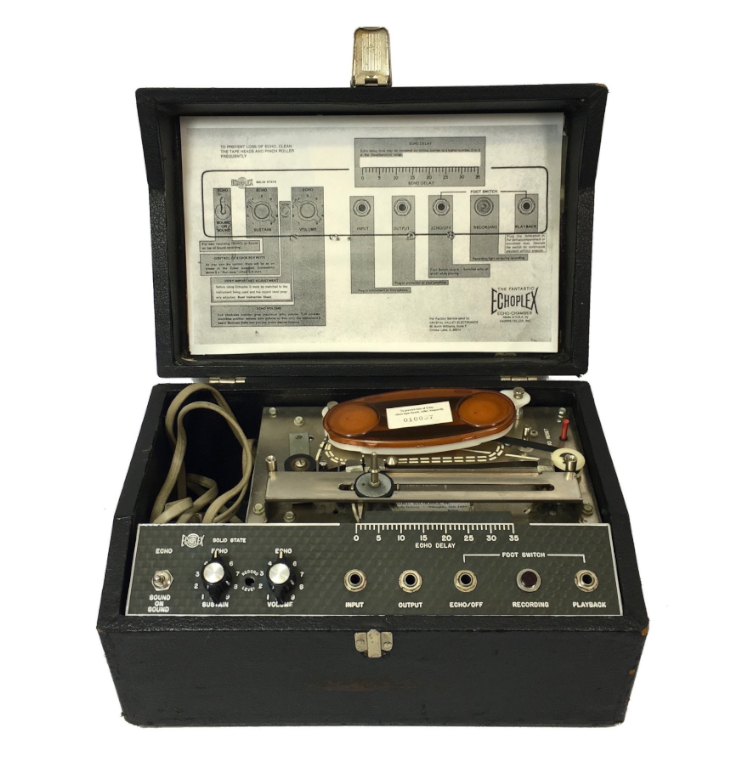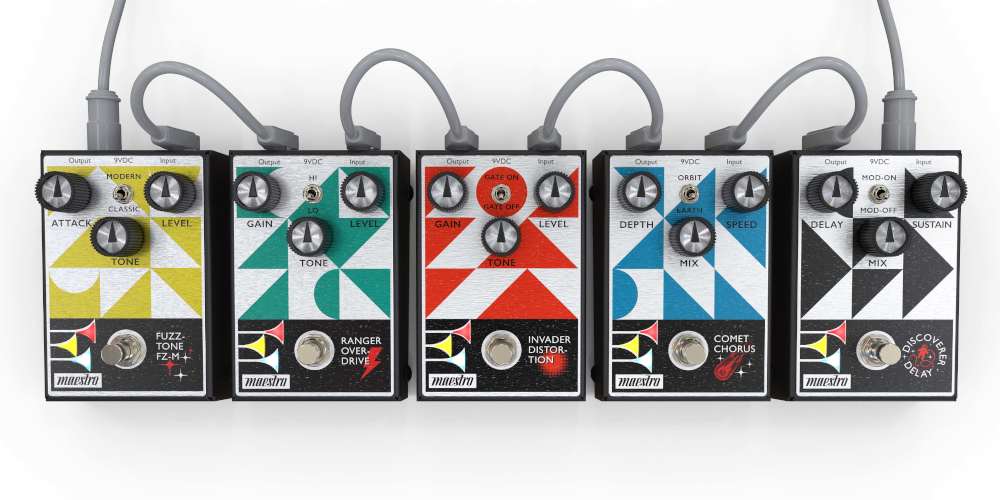There are only a handful of companies who can truly say they helped define the sound of a generation. Maestro is certainly one of them. The iconic Maestro FZ-1 Fuzz Tone was the first widely marketed fuzz pedal and would become synonymous with the sound of Rock and Roll in the 1960s. Fast forward sixty years and the legendary pedal company is back with a bang, ready to inspire a new generation of guitarists!
FZ-1 Fuzz Tone
The Maestro FZ-1 Fuzz Tone was released in 1962 and was the first commercially available fuzz box to gain widespread use. Manufactured by Gibson and designed by engineers Glenn Snoddy and Revis V. Hobbs, the FZ-1 was a game changer for guitarists everywhere.

The original Maestro FZ-1 Fuzz Tone.
Featuring a three Germanium transistor circuit with RCA 2N270 devices, the FZ-1 was originally designed to produce a thick “brass-like” tone. Gibson even went as far as to implement the FZ-1 circuit into their EB-0F basses in 1964 to help push the design.
In the late ‘50s, guitarist Link Wray had been intentionally overdriving his amp to create noisy, distorted tones. He used the newly invented Gibson humbucker pickup to help push his amp harder and even made holes in his speaker cones to help distort the signal. An example of this sound can be heard on Wray’s 1958 song “Rumble”. On its release in 1962, the Maestro FZ-1 allowed guitarists to push their amp into sonically pleasing breakup but at lower volumes and without the need to destroy their speakers!










Responses & Questions